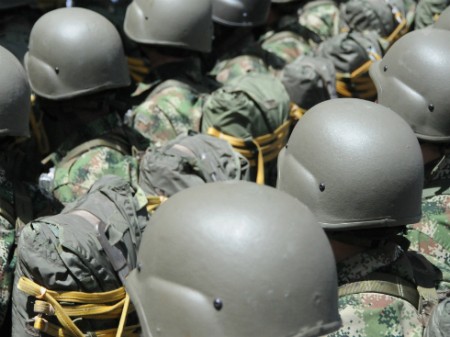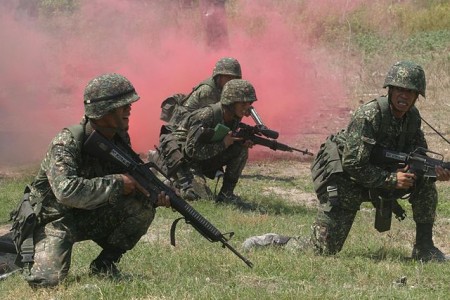
This issue of the PacNet was published by the Pacific Forum CSIS on 12 July 2016. The article first appeared in the CSIS Asia Maritime Transparency Initiative Brief
Today an arbitral tribunal at the Permanent Court of Arbitration in The Hague issued a long-awaited ruling in Manila’s case against Beijing’s claims in the South China Sea. The five-judge tribunal was established under the compulsory dispute settlement provisions of the United Nations Convention on the Law of the Sea (UNCLOS), and despite China’s refusal to participate in the proceedings, its ruling is final and legally binding. For a closer look at the tribunal’s ruling and the areas it leaves legally disputed in the South China Sea, visit the Asia Maritime Transparency Initiative’s new interactive map.
Q1: What did the tribunal rule?
The judges issued a unanimous decision in favor of the Philippines on the overwhelming majority of the claims it made against China. They invalidated Beijing’s claims to ill-defined historic rights throughout the nine-dash line, finding that any claims it makes in the South China Sea must be made based on maritime entitlements from land features. The tribunal ruled that any other historic rights China might once have claimed in what are now the exclusive economic zones (EEZ) or continental shelves of other countries were invalidated by its ratification of UNCLOS. On the question of specific maritime entitlements over disputed features, the court found that Scarborough Shoal is a rock entitled only to a 12-nautical-mile territorial sea. The judges cannot rule on sovereignty over that shoal, but ruled that China has violated the traditional fishing rights of Filipinos by not allowing them to fish at the shoal. Notably the tribunal said it would have found the same regarding Chinese fishermen if they were prevented access to the shoal by the Philippines.



